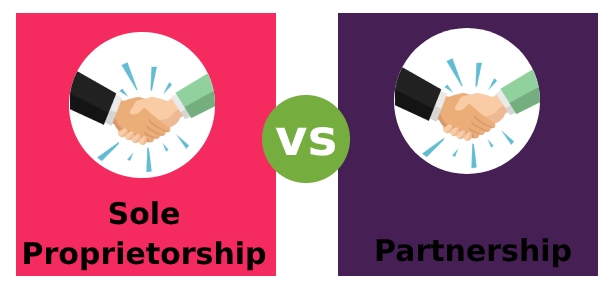
Introduction: What is the Difference Between Sole Proprietorship and Partnership?
keywords: sole proprietorship, partnership, company ownership
Sole proprietorship is a business structure in which the owner is the business’s only shareholder. On the other hand, partnership is a form of company ownership in which there are multiple shareholders. The key difference between these two structures is that sole proprietorship does not have any legal entity, while partnership does have one.
The key difference between these two structures is that sole proprietorship does not have any legal entity, while partnership does have one.
How Sole Proprietorships Can Help You Achieve Your Goals and Reach Your Full Potential
keywords: sole proprietor, self-employed, business owner
Sole proprietorship is a business structure in which an individual or business has the legal status of an independent entity, and is not legally bound to any other entity or person.
The benefits of being a sole proprietor include having complete control over your work and your time, not having to answer to anyone, and never having to worry about the future.
As a sole proprietor, you can take on as many projects as you want without worrying about whether you will be able to make enough money from them.
What are the Advantages of a Partnership Over a Sole Proprietorship?
keywords: partnership advantages, sole proprietor disadvantages
In a partnership, the partners share the profits and losses. In a sole proprietorship, the profit is only for one person.
One of the benefits of a partnership over a sole proprietorship is that there are no restrictions on who can invest in it. This means that investors can invest in multiple partnerships and be sure that they will all be profitable.
Another advantage of partnership is that there are no restrictions on how much money you can borrow from banks or other lenders.
How to Choose Which Business Structure is Right for You?
keywords: business structure comparison chart
There are a variety of business structures to choose from. Each one has its advantages and disadvantages. It is important to understand the pros and cons of each before choosing which one is best for you.
Business Structure Comparison Chart:
The following chart compares the different types of business structures available in the United States.
1) Sole proprietorship: This type of business structure is owned by one individual or company, who can do whatever they want with it as long as they pay their taxes.
2) LLC: An LLC (Limited Liability Company) is a type of business entity that provides liability protection for its owners and members, but does not offer additional tax benefits like an S Corporation or C Corporation does.
3) C Corporation: A C Corporation offers the most tax benefits
The Major Drawbacks of a Sole Proprietorship
keywords: sole proprietorships drawbacks
Sole proprietorship is one of the most common business structures in the United States. It has a number of benefits that make it attractive to entrepreneurs. However, it also has drawbacks that can be difficult to overcome.
The lack of access to external capital and limited liability are two major drawbacks that come with sole proprietorship. Sole proprietorships do not have any legal entity which means they are not protected from liabilities, lawsuits or creditors. Sole proprietorships can also be more difficult for employees to form a union because they don’t have any legal entity for them to represent themselves in negotiations with their employers.
How Does a Partnership Work?
keywords: partnership agreement, partnership tax structure)
A partnership agreement is a contract between two or more people that outlines the rights, obligations, and responsibilities of each partner. The partnership is typically made up of two or more persons who contribute money or property to the partnership.
A partnership tax structure is an agreement between partners that decides how each partner will be taxed on income and gains. There are many different types of partnerships, but they all have similar tax structures.
In a traditional business, partners have to pay taxes on their share of the profit they make through the company. Partnerships are not taxed as a business entity, but rather as individuals. This means that when splitting profits with your partner, you must calculate your share of profit and your partner’s share in order to determine how much you owe in taxes for the year.
When Should You Consider Joining a Partnership?
keywords: when should you consider joining a partnership)
When you are considering joining a partnership, it is important to remember that partnerships are not just about the money. They can also be a great way to network and learn from other people in the industry.
When should you consider joining a partnership?
– When you are looking for an investment or loan
– When you have a business idea that needs financial support or capital
– When you are looking for an exit strategy
Conclusion & Recommendations for Choosing the Right Business Structure for You
In conclusion, the key to success is to find the right business structure for your company. It is important to understand the limitations and advantages of each business structure.
The best way to find out what type of business structure will work for you is by conducting thorough research. You should also make sure that you are not doing anything illegal or unethical in your chosen business structure.
0 Comments